Vintage computers have a special place in my heart. I used to build and repair computers as part of my job and as a result, I had access to a steady supply of old but still usable parts. Occasionally, I would head over to the monthly Computer Swap Meet in Scottsdale, Arizona and sell some of the surplus parts.
One thing that I learned as a seller was to put something interesting on your table. It didn’t matter if you ever sold the object – the point was to put something eye-catching or unusual to get people to stop at your table.
In 2008, I came across a pair of vintage computer hard drives at the thrift store. I didn’t know anything about them, but I thought they looked cool – particularly the one with a brightly colored circuit board. I think I paid $5 for each of them.
After looking them up online, I discovered that I had purchased a pair of 5.25-inch MFM hard drives, and that the MFM interface was replaced long ago by IDE/Parallel ATA. One was a MicroScience HH-1090 with an 80 megabyte capacity; the other was a MiniScribe 3085 hard drive with a whopping 85 megabyte capacity! I was unable to test either of them, but I figured they could be a good conversation starter at the next Swap Meet.
Sure enough, someone saw the old hard drives on my table and started chatting with me about them. An older guy said he had a computer that used MFM that he could give me. At the next event, he came through and brought me a gigantic beige box!
I could tell it was old just by looking at it. From the thick steel case to the ka-thunk of the power switch, this thing was built like a battleship. There was no brand name or manufacturer to be found.
I brought it home, opened it up and took a peek inside. Here are the hardware specs:
Suntac MB286-C Motherboard
Intel 80286 Processor
640K of RAM
TEAC 5.25″ disk drive
3.5″ floppy diskette drive
Winchester hard drive controller card – ISA bus
ATI Basic VGA video card (1988) – ISA bus
Parallel/Serial Port
Dial-Up Modem
One thing to note is that the motherboard uses a 5-pin DIN connector for the keyboard, so I had to purchase a DIN to PS/2 adapter cable online. My hope was that maybe I could install MS-DOS or Windows 3.1 on it and play some vintage games.
The machine would boot up and go into the BIOS, but that was about it. I had no luck getting it to recognize either of the two MFM hard drives.
Frustrated, I put the machine in the closet. About once a year I would pull it out, fiddle with it for a day or two, and then put it back in the closet.
After I had owned the machine for about seven years and made no progress with it, I decided it was time to move on. I listed the computer on eBay in October 2017 for $75.00 and it sold within hours. I packed it carefully in a box and shipped it off to its new home in Southern California.
I am sad that I wasn’t able to get the old 286 desktop up and running, but I think a project of this caliber was just beyond my experience.
Published: May 20, 2012
Revised: July 29, 2018
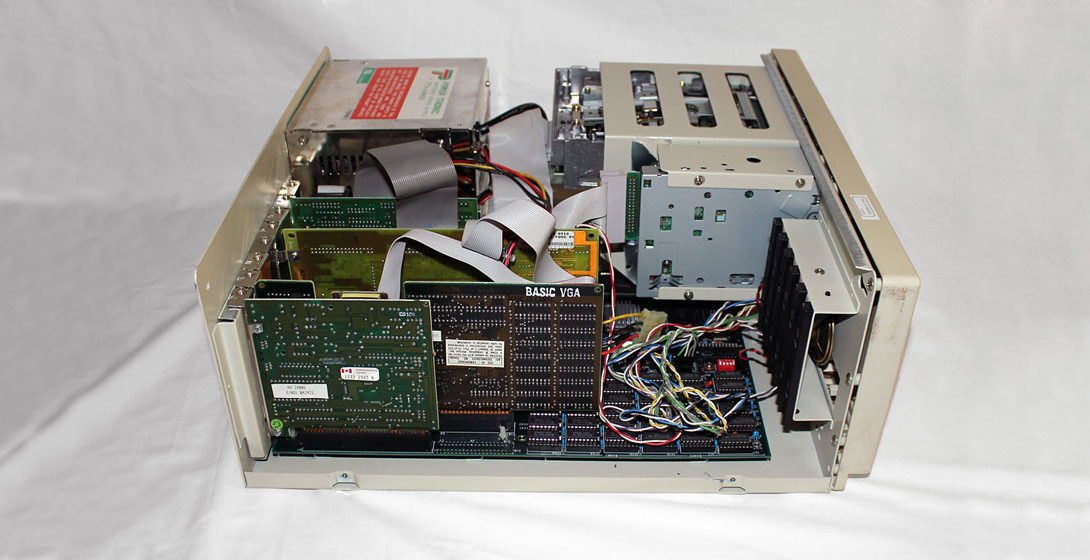
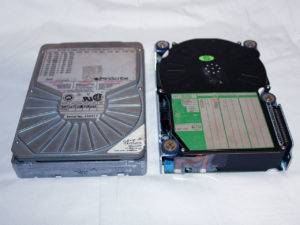
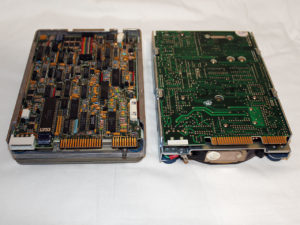
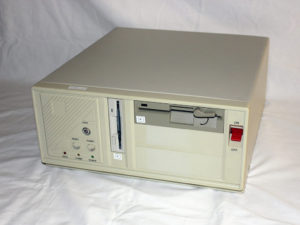
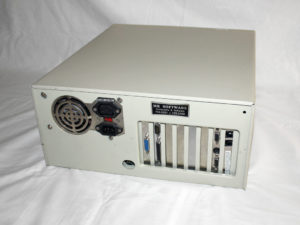
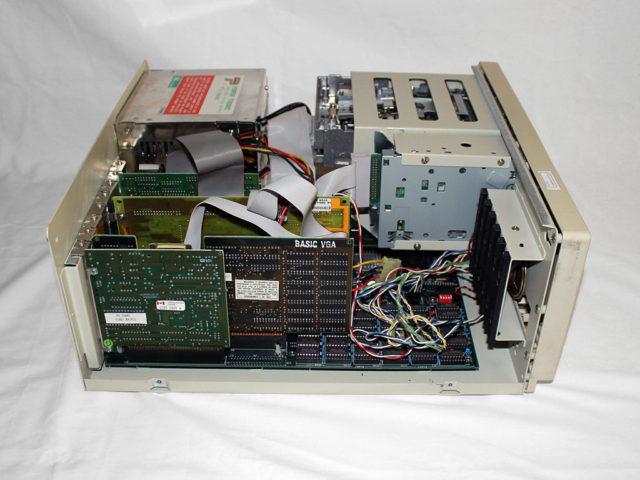
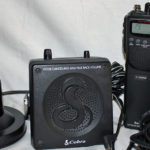
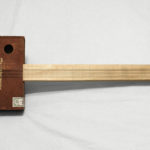
Dude, I have the same computer. I thought I was the only one! Those are vintage rare! I cant find them. What ever you do, TAKE CARE OF IT!!!! If your done with it, let me know. I will buy it. My board fried out completely, wont power up. I replaced the hardware/upgraded. DONT DO THAT, PLS, ITS RARE STUFF. What version of DOS did u use? Try 7.10 or somthin dos 7